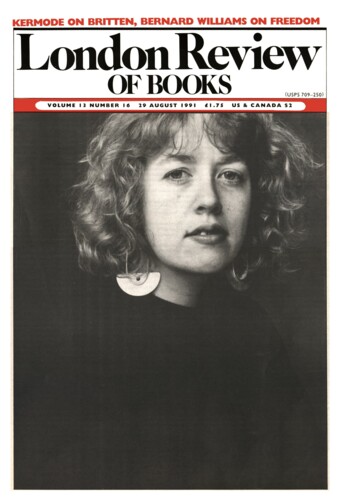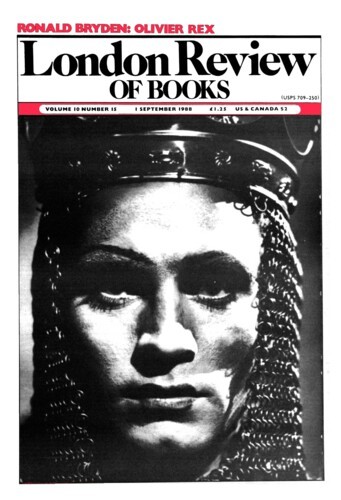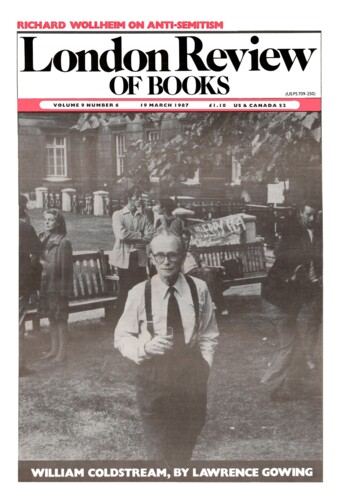At the Tate Picasso’s late paintings seem almost to be different paintings from those they seemed to be at Beaubourg. There they looked, by common consent, more aggressive and explosive and electric, here more luminous, more beautiful, more grand. The differences in the selection, the hang and the ground-plan have not been crucial enough to account for so extreme a difference of effect. Clearly the Tate’s having daylight, a light that is soft and diffuse, must be relevant, but the difference has also been there, though not as extreme, at times when the lighting has been mixed or purely electric. It must, therefore, mainly be due to the architecture. In Paris the spaces were not enclosed by the walls: above the tops of the manifestly temporary partitions you could see those hyperactive Beaubourg ceilings. Here, the moveable walls reach the ceilings and these are vaulted, so that the paintings are surmounted by an amplitude of space in which to breathe. Those vaulted spaces do not suit every sort of art, and there are some paintings in the show which look less telling than they did in Paris. But others look greater than I have seen them look before and the list of outstanding late paintings which I propose in the catalogue demands the addition of the Reclining Man and Woman with a Fruit Bowl of 29 December 1969 and The Embrace of 1 June 1972. And by and large the paintings do look very much at home in these vaulted spaces.
At the Tate Picasso’s late paintings seem almost to be different paintings from those they seemed to be at Beaubourg. There they looked, by common consent, more aggressive and explosive and...




